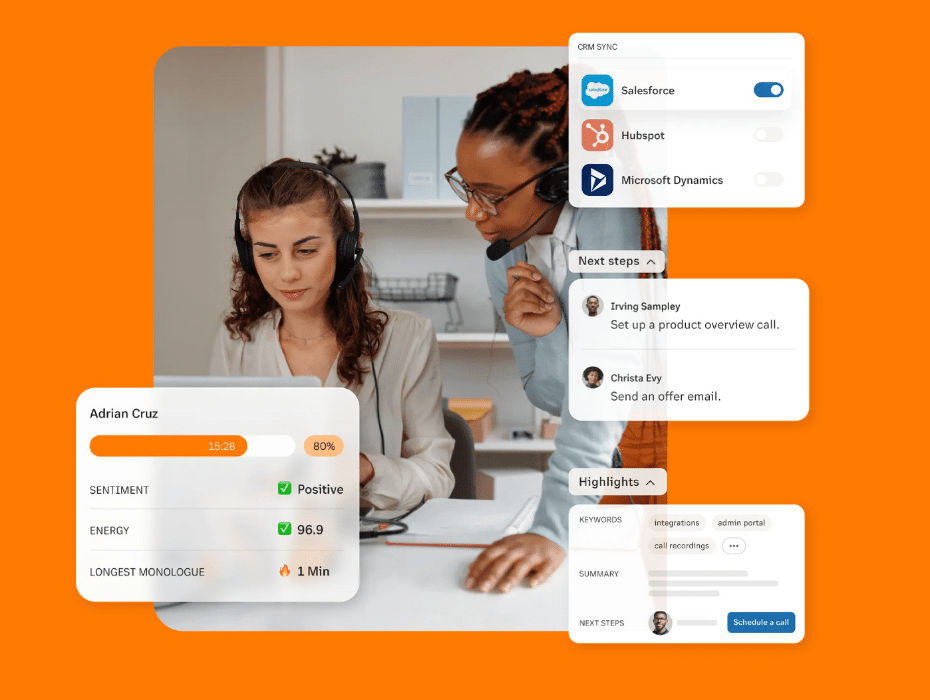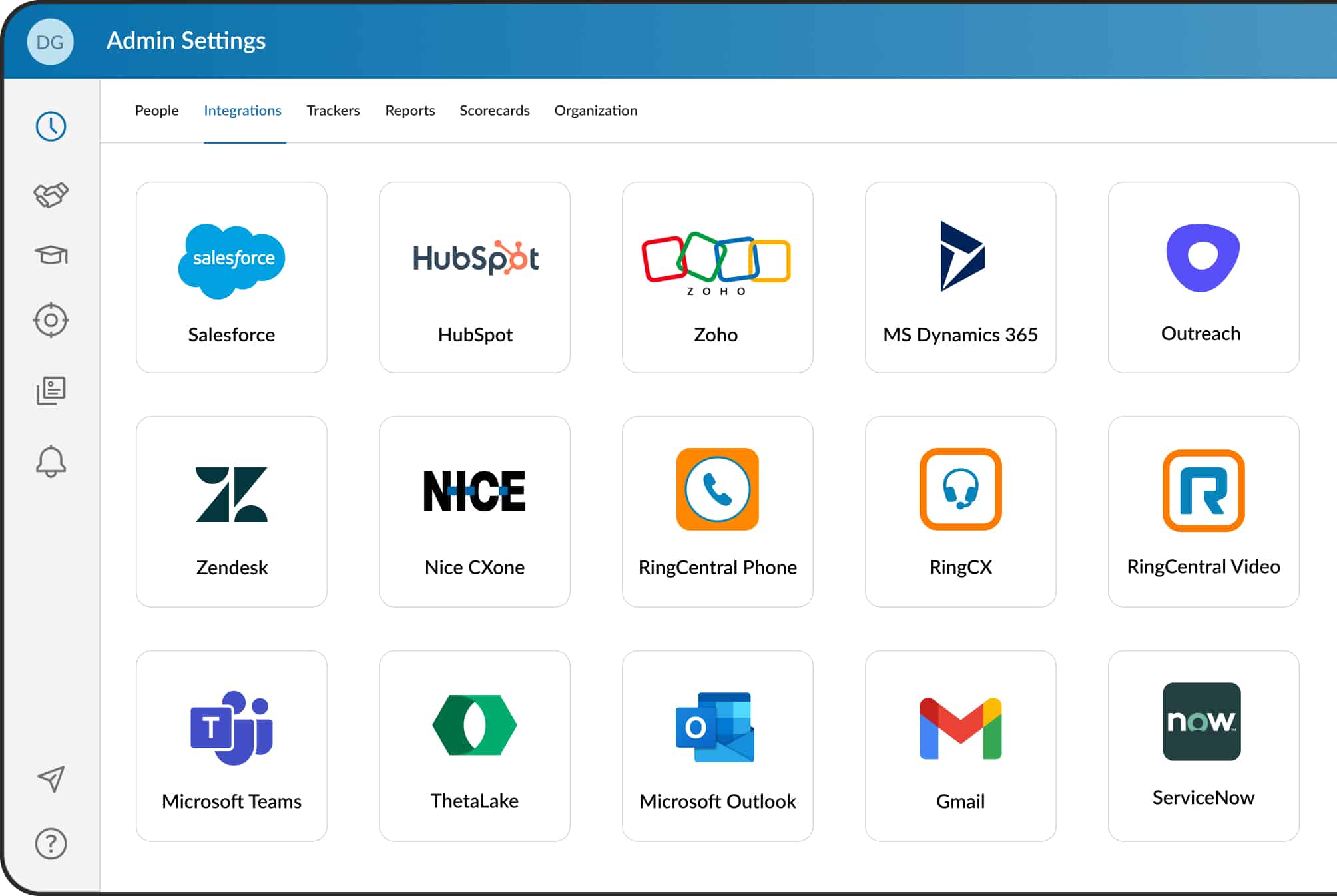Digging into the nuances of omnichannel vs multichannel approaches to marketing might not seem like a top priority, but it can be a surprisingly revealing exercise. We live in an age in which the media environment is in constant flux, which means consumer expectations are changing all the time too.
Your customers naturally want to be able to connect with you across multiple channels and platforms. And it’s crucial you meet those expectations if you want to retain their business. Enter omnichannel and multichannel marketing.
But what is the difference between omnichannel and multichannel, exactly? This article aims to answer that question. It also takes a look at the relative merits of each approach within the context of your wider marketing strategy.
Multichannel vs omnichannel: What’s the difference between multichannel and omnichannel marketing?
Often, the lines between omnichannel and multichannel marketing are blurred. There’s a constant debate about the differences between these two marketing approaches, and more often than not, the terms are simply used interchangeably.
At their core, the definitions of each approach yield various similarities. Yet, they also differ in crucial ways. Let’s take a look at both approaches to marketing and examine the key similarities and differences.
⭐ Take your contact center to a whole new level ⭐
Next-Gen Cloud Contact Centers for Dummies®, RingCentral Special Edition eBook
What is the meaning of multichannel?
As you might have guessed, multichannel means “many channels”.
In a marketing and customer service context, it refers to a brand’s interactions with leads and customers across those diverse channels.
Multichannel marketing channels can be online or offline, and can include:
- Voice
- Chat
- Physical Store
What is a multichannel approach?
Businesses that opt for a multichannel approach to marketing focus on being present where their customers are most likely to interact with them.
However, they won’t necessarily provide the same experience across different channels. Instead, they’ll formulate strategies suited to each one, aimed at making them easy to use for the majority of their customers.
These strategies are often implemented via a variety of systems for every single channel, rather than with a unified customer engagement solution.
What is multichannel engagement?
Multichannel engagement involves reaching your audience on the right channel, sharing the right message, at the right time.
Nowadays, consumers deal with hundreds of different distractions every day.
Engaging with customers on multiple channels is imperative for businesses. It’s the only way to reach out to potential customers, achieve customer service goals, and remain competitive in today’s dynamic market.
What is an omnichannel strategy?
Omnichannel means “all channels.”
Omnichannel marketing is a more customer-focused multichannel approach that aims to provide a personalized and integrated experience across diverse touchpoints and devices. An omnichannel approach unifies sales and marketing, so the customer can jump between channels to seamlessly continue their journey with a brand.
An omnichannel strategy ensures that customers don’t get lost or drop off when switching between channels, as everything is integrated to create a better user experience.
It means a customer can visit your website from a desktop or mobile device, then drop in on your brick and mortar store after work and enjoy a seamless experience.
Or they might contact your customer service team via social media and have their issue escalated to a phone call without there being any loss of contextual data across channels. This is great because it means they won’t have to keep explaining their query over and over again to each agent they encounter.
So, is omnichannel the same as multichannel?
No. Although both do involve the use of multiple channels, the customer experience can vary a lot depending on whether you use a multichannel or omnichannel strategy.
- Multichannel: Product-focused. Channels are not integrated so messaging is often siloed
- Omnichannel: Customer-focused. Channels are integrated to deliver a consistent customer experience across the board
How to differentiate multichannel and omnichannel
Here are three of the key differences to keep in mind when considering these two approaches:
- Channel-based vs. customer-based — The aim of a multichannel strategy is to reach customers on as many channels as possible. It focuses on using channels to increase engagement—the more engagement, the better. On the other hand, an omnichannel approach is specifically customer-centric. This means it’s focused on developing stronger customer relationships through a holistic approach that connects channels for a unified and personalized experience.
- Customized experience — The multichannel approach focuses on sharing a brand’s message with customers. An omnichannel approach does the same but tries to understand the customers and use data to provide a customized experience. Here the goal is to offer cohesive engagement and an effortless customer experience.
- Consistency — Multichannel strategies treat channels as individual assets that run independently. This means there’s a lack of integration, which can result in an inconsistent customer experience across channels. Unfortunately, this can lose you customers, since some will prefer to switch to brands that offer a more holistic service.
Brands that implement an omnichannel approach aim to provide the same consistent and personalized experience across all channels and devices. As a result, they can convey a unified brand image which builds customer trust.
Source: https://www.ringcentral.com/us/en/blog/customer-service-tech-startups/
Multichannel and omnichannel examples
It’s clear, then, that these two strategies operate in different ways and yield different results. Let’s look at a couple of examples that illustrate how they work in relation to retailing and customer service.
Multichannel vs. omnichannel retailing
Multichannel and omnichannel retailing deliver quite different customer experiences.
With multichannel retailing, the focus is on giving information. For instance, a brand might let their customer base know about an upcoming sale by sharing a message on social media or via email.
With this approach to retail, businesses can see how consumers react to their message on a particular channel, and use this information to adjust the channel messaging accordingly.
Omnichannel retail, on the other hand, is a customer-centric approach that prioritizes consistency across retail channels. This makes sense, since the modern customer journey often involves multiple channels and devices.
For example, let’s say a customer browses a brand’s mobile app on their cell phone on their commute home. Later, they may decide to make a purchase from their desktop.
When they access the website on their desktop, their cart should include what they selected during their mobile session, so they can seamlessly continue their journey. They might even elect to pick up their purchase in-store another day. This process is essentially an interconnected journey that remains consistent across mobile, desktop, and in-store touchpoints.
Omnichannel vs. multichannel customer support
The multichannel/omnichannel choice isn’t just about marketing. Just as you can use these approaches for sending outbound messaging, you can also apply them to your inbound contact philosophy. So it’s no surprise that customer support is another area where omnichannel is making a splash.
Nowadays, customers expect any issues they have to be resolved as quickly as possible. That’s where omnichannel support takes customer service to the next level.
With multichannel support, a customer can access multiple channels in separate interactions, but they may run into the problem of having to explain themselves over and over again each time they get in touch. On the other hand, omnichannel customer service ensures a seamless support experience thanks to all the channels being integrated.
This means customers can get in touch with a live agent on their preferred channel, whether by SMS, live chat, phone, social, or email.
What’s more, if the customer feels that they aren’t getting the support they need to resolve their problem on live chat, for example, the agent can jump channels to continue the conversation via a phone call or video chat. All of the customer’s data is stored and transferred, to enable them to seamlessly continue the support experience without having to repeat themselves.
Cloud-based contact center solutions like those offered by RingCentral offer a unified platform with various customer engagement and customer service tools that enables businesses to handle support operations from a centralized, cloud-based platform.

With CRM integrations, agents can access customers’ data to provide personalized, streamlined support, and a better customer experience all round.
Benefits of omnichannel marketing
So, that’s covered what omnichannel and multichannel are, and how to tell the difference between them. Why, though, does it matter? In short, because choosing the right option—the omnichannel option—you can enjoy these benefits:
- Better data and integrated marketing analytics
Omnichannel strategies allow businesses to collect and unify customer data from diverse channels. From website cookies, shopping carts, mailing lists, PoS systems, and social media, marketers can obtain a strategic 360-degree view of their target audience. This data can be leveraged to provide personalized experiences and inform marketing campaign design, which will ultimately improve engagement and drive sales. - Improve brand visibility and recall
An omnichannel approach to marketing increases brand visibility by offering an integrated experience across various channels. The emphasis on consistency means customers see your brand in the same way across channels, resulting in better customer relationships and improved brand recall. What’s more, consumers are more likely to make a purchase from a brand that they trust!
- Save on costs
Data insights enable marketers to inform successful marketing campaigns and allocate resources more effectively. By studying metrics and understanding which channels customers are engaging with the most, business owners can make data-driven decisions about which ones to invest time and money in. - Improve the buyer experience
Omnichannel marketing provides customers with all the information they need on their preferred channels. Customers are more likely to complete purchases when this information is readily available, and they don’t become frustrated by inconsistencies between messaging on different channels. What’s more, consumers will often research products online before committing to a purchase. That’s why it’s important the buyer’s journey isn’t interrupted between channels or when a user switches devices. - Increase ROI
Building long-lasting customer relationships through consistent customer engagement and a frictionless journey will inevitably lead to more conversions. Omnichannel marketing helps brands not only to retain customers but also to attract new ones through improved word-of-mouth marketing and content customization.

How to develop a successful omnichannel marketing strategy
Here are a few best practices you can follow to ensure the success of your omnichannel strategy:
- Understand your customers
One of the keys to a successful omnichannel marketing strategy is to know your customer. Understand their needs, expectations, and pain points so you can best assist them along their customer journey. It’s also important to know which channels they’re most active on to better target your marketing efforts and provide them with a seamless, customized experience.To understand your customers better, revert to your buyer personas. Leverage information acquired from data and analytics, social listening, and customer feedback to understand how you can make the right decisions for you and your customers. - Invest in the right tools
Empowering your sales and marketing teams with the right tools is a crucial element of implementing an omnichannel marketing strategy. Invest in sales and customer management systems that are intuitive, streamlined, and highly integrated.
The systems you choose must be able to adapt to customer preferences and the contextual elements of their journey. What’s more, sophisticated software that streamlines workflows is a must for implementing an omnichannel marketing approach.
Investing in contact center and customer engagement tools (like RingCX or RingCentral Contact Center) will enable you to deliver omnichannel service and give the kind of support that results in happy customers. RingCentral’s omnichannel cloud contact center solutions support inbound, outbound, and digital interactions, making it easier for agents to work together to deliver top-tier customer service.
You can also benefit from smart routing that uses AI, skills-based routing, and analytics to streamline workflows. Moreover, RingCentral’s solution features team messaging, CRM integrations, and an open API for enhanced productivity and robust customer service interactions.

- Leverage data insights and make data security a priority
Leveraging data insights from multiple systems is crucial to the success of an omnichannel approach. Delivering a consistent and streamlined experience requires customer data to be stored and shared effectively and securely.Combining data from your CRM, PoS, inventory management, and more, will allow you to execute your strategy and make data-driven decisions to improve campaigns and provide customers with highly personalized and integrated experiences. Be sure to make data security a priority too. After all, customers are entrusting you with their personal data, so it’s vital to ensure you’re keeping it safe. - Reconsider your business’s organizational structure
Going omnichannel means that sales, marketing, development, customer service, and warehousing teams need to communicate and collaborate effectively. This means ensuring that your teams are equipped with the tools and technology they need to enable efficient cross-department workflows.
Omnichannel vs multichannel: There’s only one choice for forward-thinking businesses
Omnichannel marketing lets businesses provide customers with an integrated experience, and it yields numerous benefits. These include improved brand awareness, increased customer loyalty, more conversions, and a big boost to customer retention over the long term.
In today’s ever-shifting digital environment, it’s simply not enough to be present across multiple channels. Instead, marketing teams must move to an omnichannel approach to meet and surpass customer expectations.
Originally published Jan 08, 2021, updated Jul 02, 2024






